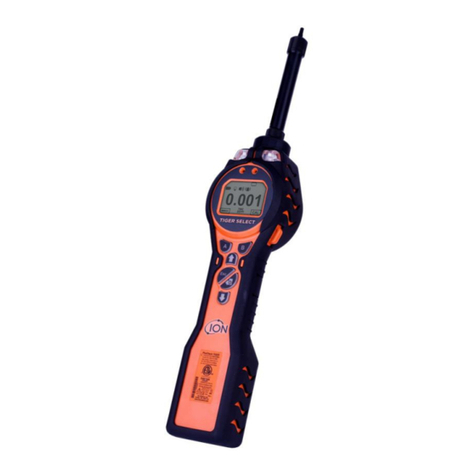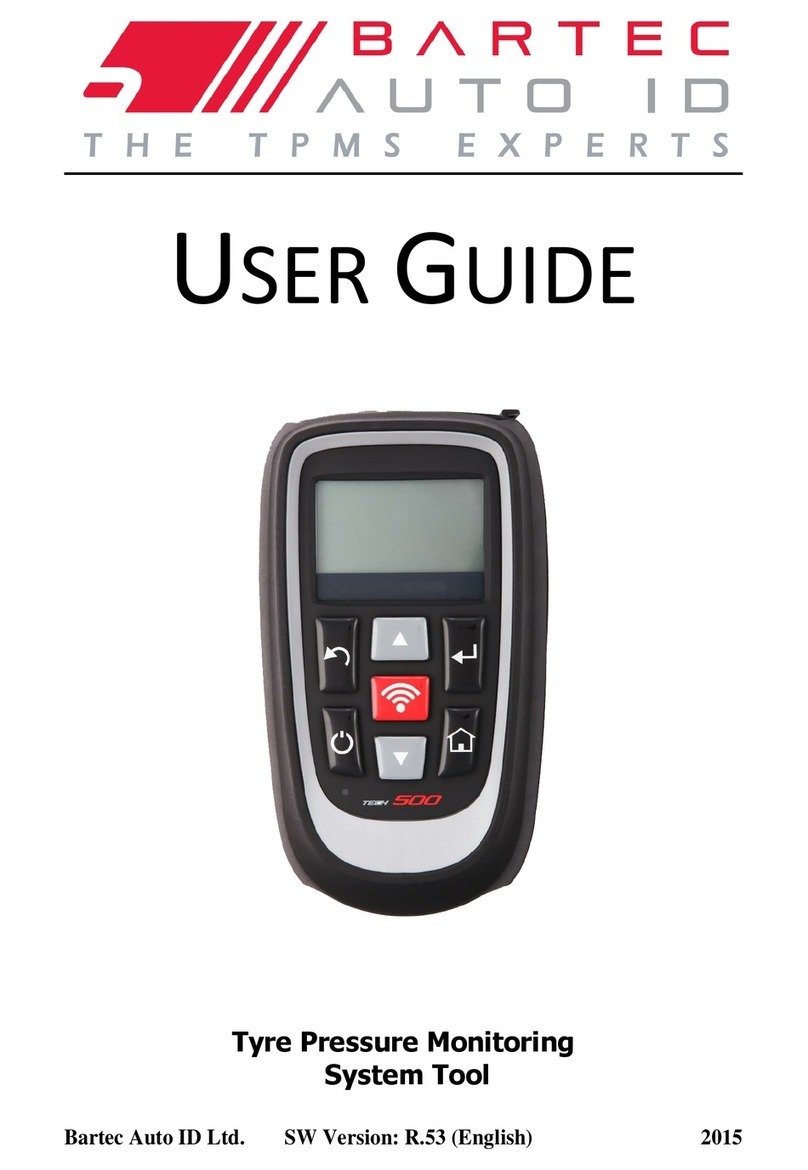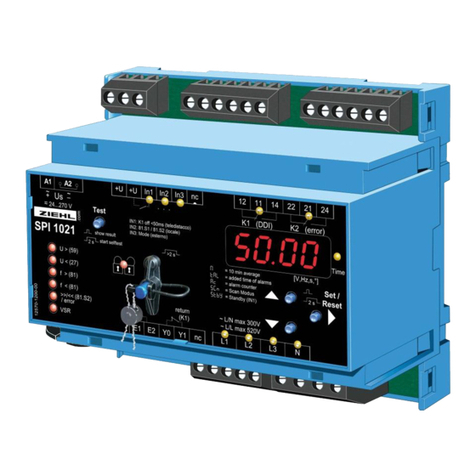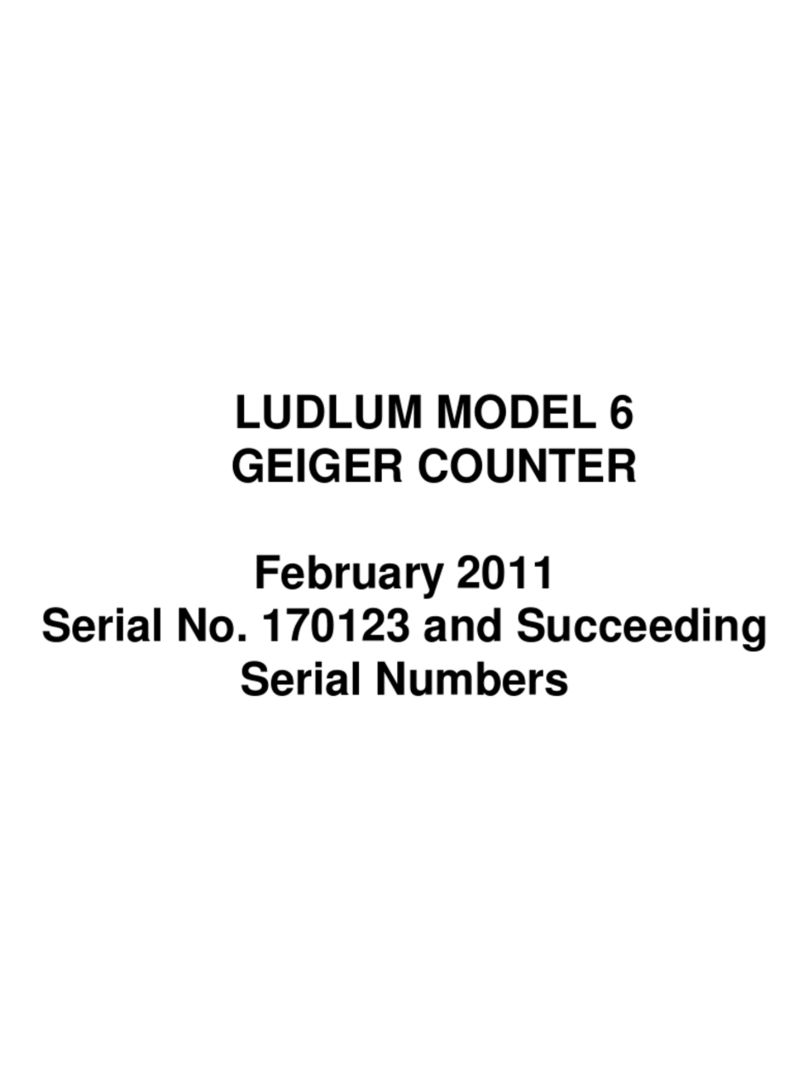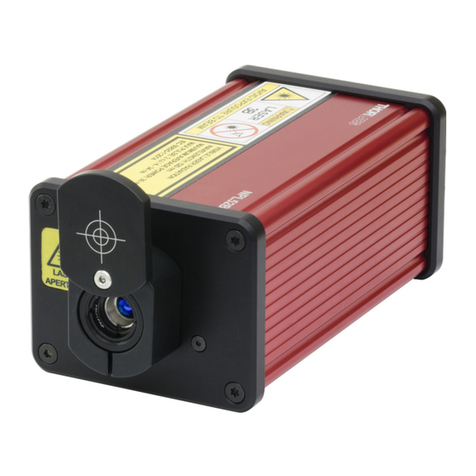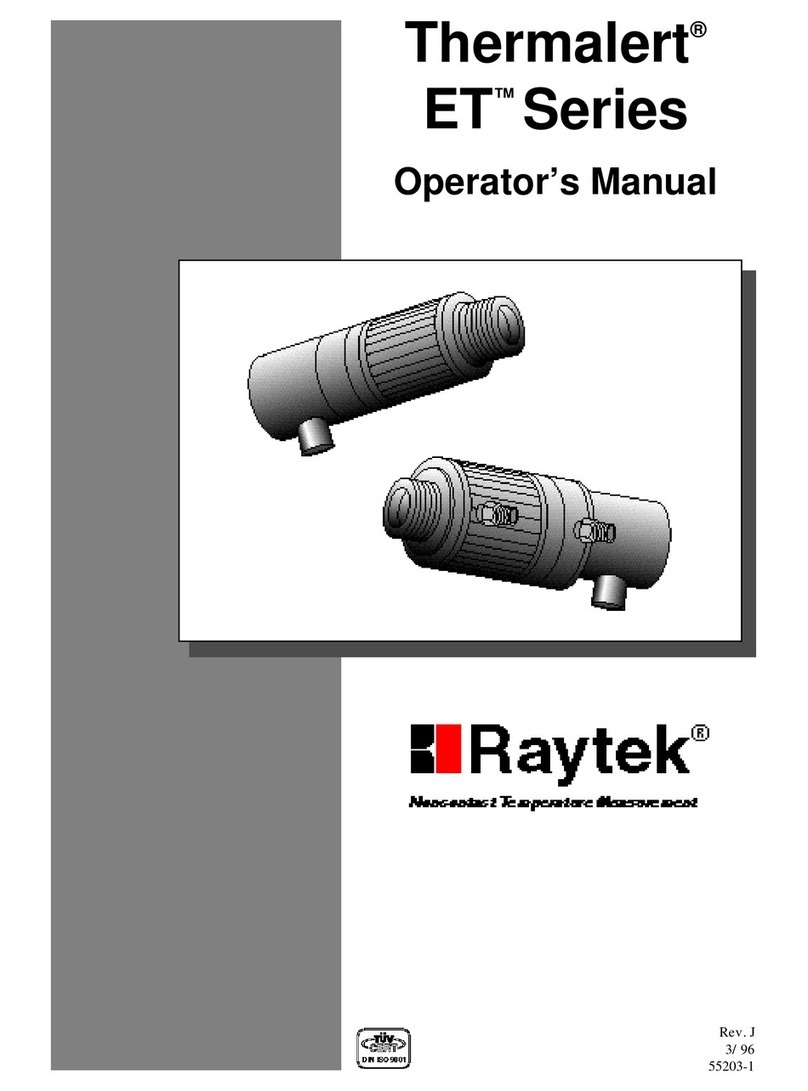Enchlor EC Series User manual

ESR2060 O&M 11-2004
1
Ultraviolet (UV) Monitoring System - Open Channel Horizontal Systems
Operation and Maintenance Manual
System #: EC Series
Applications: Wastewater
Systems: Channels
Components: UV Meter (analog), Electronics with dry contacts, UV Sensor
probe, O-ring and Compression nut
Theory of Operation
A UV monitoring system is designed to provide the relative UV output of a lamp(s). The
system provides a representative overview of how the lamps are performing. Low
readings may indicate that the lamp is coming to the end of life, that the quartz sleeve is
dirty, that the sensor window is dirty or that there has been a change to the transmission
of the wastewater.
The ESR2060 is a true ultraviolet (UV) sensing system. It senses only the germicidal energy
spectrum as shown on the following chart. Unlike light sensors, which register any wavelength
including daylight, the UV monitor is a precision instrument designed to work on a particular
wavelength.
Standard low-pressure lamps produce close to 95% of its light in the 254-nanometer range. The
sensor head contains a quartz-filtering device that blocks all wavelengths except those required
for the destruction of microorganisms.
Alarming Capabilities
The ESR2060 provides a normally open and a normally closed contact. These may be used for
remote monitoring. Note: the system does not provide a 4-20 mA output.

ESR2060 O&M 11-2004
2
Operation
The UV monitoring system has been factory calibrated and should not need to be re-calibrated for
many years. If you experience a problem, use the following procedures to re-install or re-
calibrate the system. You will need to keep the sensor and quartz sleeves clean to get better and
more accurate readings. If at all possible, let your water quality professional do the maintenance.
A stainless steel port on top of the module accepts the UV sensor probe. The probe is connected
to a mating receptacle on the enclosure. Note: any calibration should be made with new UV
lamps and clean quartz sleeves.
Installation and Calibration
1. Locate the stainless steel sensor port on the top of the module.
2. Insert the probe into the port and lower until is comes in contact with the quartz sleeve.
3. Insuring that the compression nut has an oring, hand tighten the sensor probe into place.
4. Insert the glass into the port over the O-ring (do not get finger prints on glass).
5. Connect the sensor to the enclosure with the weatherproof cable. The cable will insert into
the receptacle and will be secured by tightening the collar nut.
6. Turn on the UV system.
7. The meter electronics and faceplate will be contained in the control box.
8. There are a few styles of meter faceplates.
•One incorporates the dose in microwatts and shows: Red, Yellow and Green
(representing warning, caution and good)
•One incorporates a reading from 1 to 100%.
9. When working on the electronics remember that 120 or 220 VAC is present.
10. On the back of the meter faceplate is a printed circuit board. On one end of the circuit board
there are two thumb wheels to adjust the meter span and trip point. The thumb wheel in the
center of the board is for meter span. The thumb wheel located near the edge of the board
sets the relay trip point.
SENSOR PROBE
ESSP002

ESR2060 O&M 11-2004
3
11. To insure that the meter is functioning, turn power on (make sure no water or water pressure
is present).
12. Watch the meter face and slowly withdraw the sensor away from the holder.
13. At the meter reading where the trip point has been factory set, you should hear the relay
actuate.
14. If the relay does not actuate, you will need to make an adjustment. Adjusting the edge thumb
wheel with your hand.
15. This trip point is where a warning device like an audible alarm will be triggered.
16. To lower the meter reading, slowly withdraw the sensor head from the module assembly
while observing the meter and listening for the relay click. By inserting and removing the
sensor head a little at a time, the meter will move over the trip point area. Adjust the thumb
wheel to the desired setting
17. Now, tighten the sensor probe to the module.
18. The meter reading should be near or above full-scale reading. It may take one to two
minutes for the meter to read full scale.
After 100-hour burn-in, the UV display will need to be re-set to Full-Scale (100%). This is done during
nominal operating and water quality conditions. This UV reading is not NIST calibrated to absolute mW/cm2
intensity. It cannot be used directly in calculating dosages. It is simply a relative % of its nominal specified
operating performance. Initial setup is obviously 100 % of nominal performance, since everything is brand
new. Subsequently, any decline in UV Relative % Intensity is likely any combination of:
•fouling quartz sleeves
•fouling UV probe face
•lamp aging
•water quality (% UV Transmission)
•UV detector aging
•eroding electrical connections.
A low UV Relative % Intensity Threshold setting may optionally* be used to activate a Common Alarm.
Replacement Parts
Sensor probe ESSP002 (comes complete with probe, sensor, cable, oring and glass)
Sensor internal O-ring ESOR001
Sensor glass ESG0002
UV Sensor EMSR010
Meter Face Plate EMSR015
Meter Electronic Board EMSR020
Stainless steel compression nut ECN0015
Module/Probe oring EOR1005
METER SPAN
TRIP POINT

ESR2060 O&M 11-2004
4
The UV monitor provides a normally open and a normally closed contact. For instance, the normally closed
contact will keep a normally closed valve open. Upon alarm, it will cut power and close the valve. At the
same time, the normally open could trigger a remote alarm.
Normally
open
Normally
Closed
Common
220 Volt
110 Volt

ESR2060 O&M 11-2004
5
Maintenance
From time to time, the system will require maintenance.
The following is a list of common issues that will need to be rectified:
Symptom:
Check:
Low UV reading on
Monitor
•Check lamp age to see if it is nearing end of life (using records
indicating last lamp change).
•Remove power to the module, remove and inspect quartz sleeves for
fouling. If fouled, clean with LimeAway or a citric acid.
•Check to see if the meter needs to be properly calibrated. Sometimes,
the meter needs to be adjusted to 100% at installation.
No UV reading on Monitor
•Check to see if sensor wire is connected to the connector coming from
the meter enclosure. Wiring may have come loose.
•Check to see if lamp is operating (use glasses when inspecting).
•Check for damage to the sensor.
•Check to see if the meter can be adjusted using the thumbwheels
located on the back of the meter board.
This manual suits for next models
8
Table of contents
Popular Measuring Instrument manuals by other brands
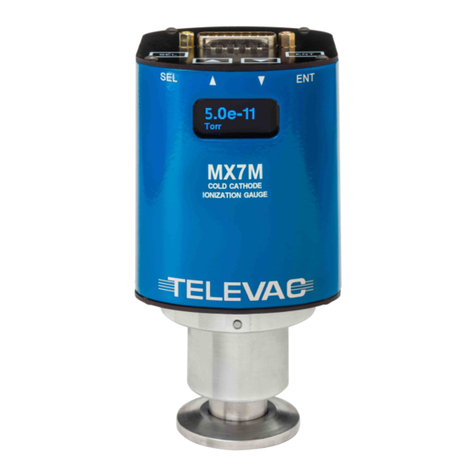
TELEVAC
TELEVAC MX7M instruction manual

Simpson
Simpson 260 series 5M Operator's manual
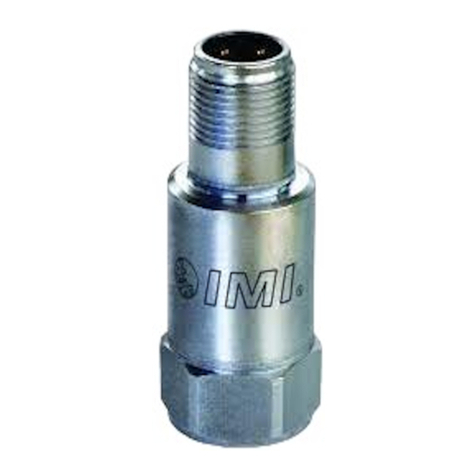
PCB Piezotronics
PCB Piezotronics IMI SENSORS 628F01 Installation and operating manual

Siemens
Siemens WTV676-HB6035 manual
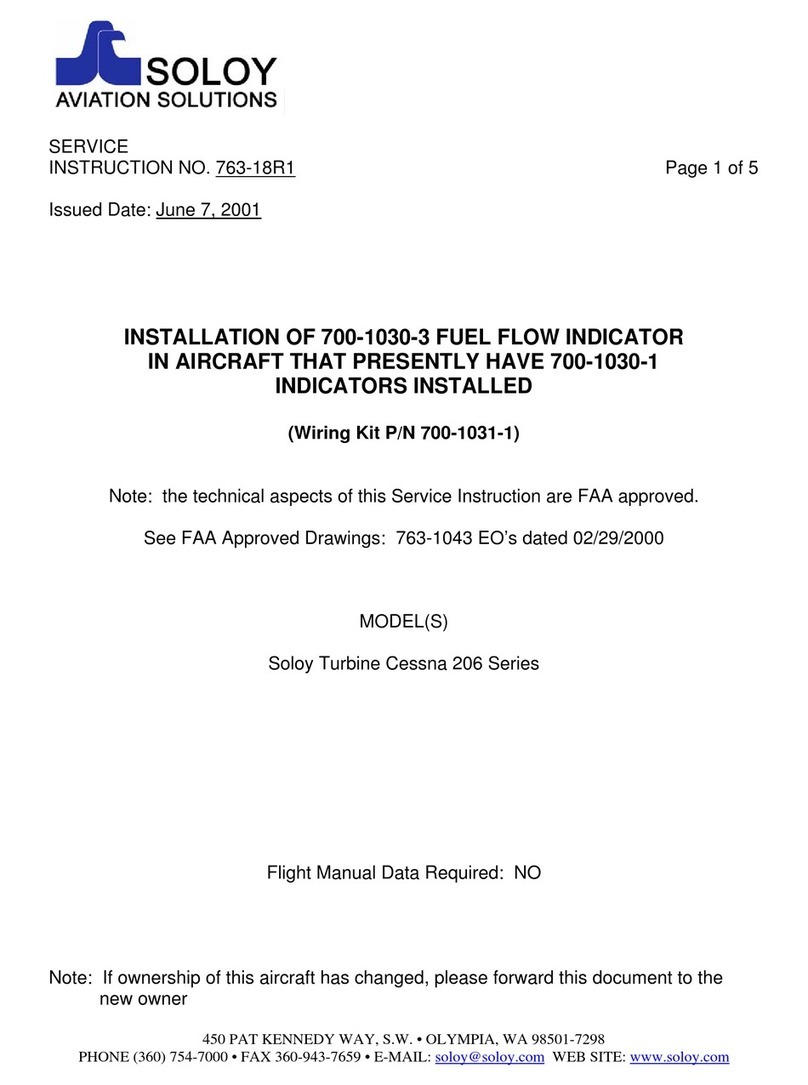
SOLOY AVIATION SOLUTIONS
SOLOY AVIATION SOLUTIONS 700-1030-3 Installation

Thermo Scientific
Thermo Scientific 43iQ instruction manual
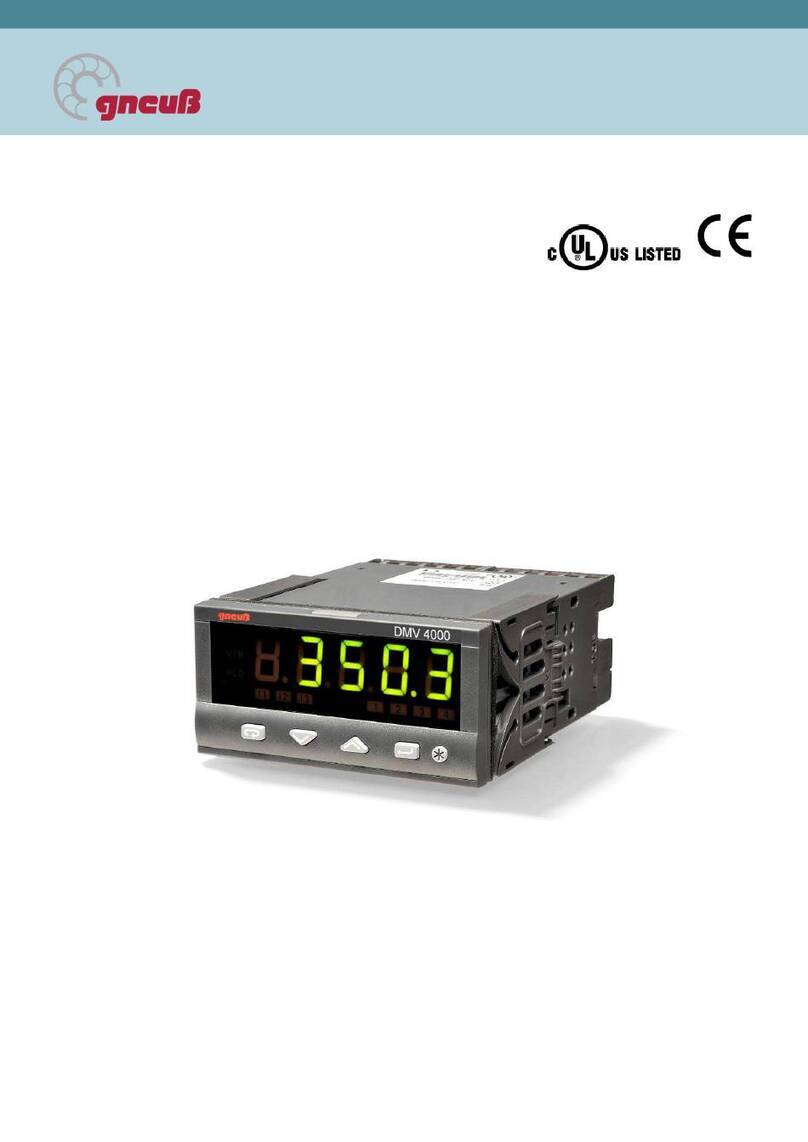
gneuss
gneuss DMV 4000 operating instructions

Resonance Technology
Resonance Technology Serene Sound Installation & operation manual

Endress+Hauser
Endress+Hauser CE 4 operating instructions
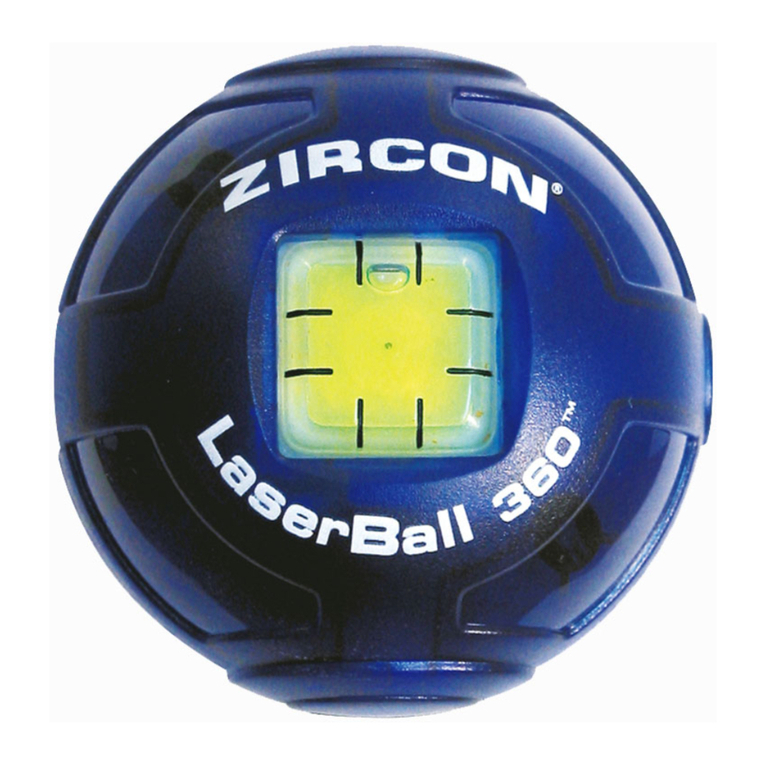
Zircon
Zircon LaserBall 360 user manual
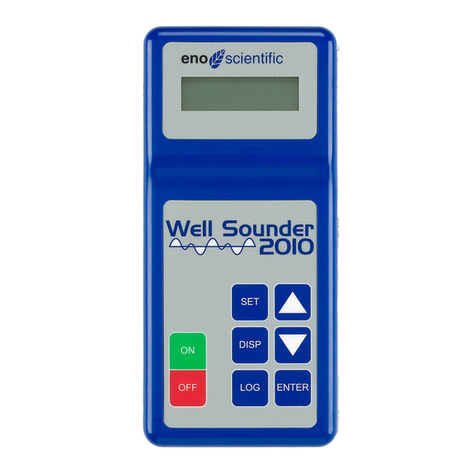
Eno Scientific
Eno Scientific 2010 user manual
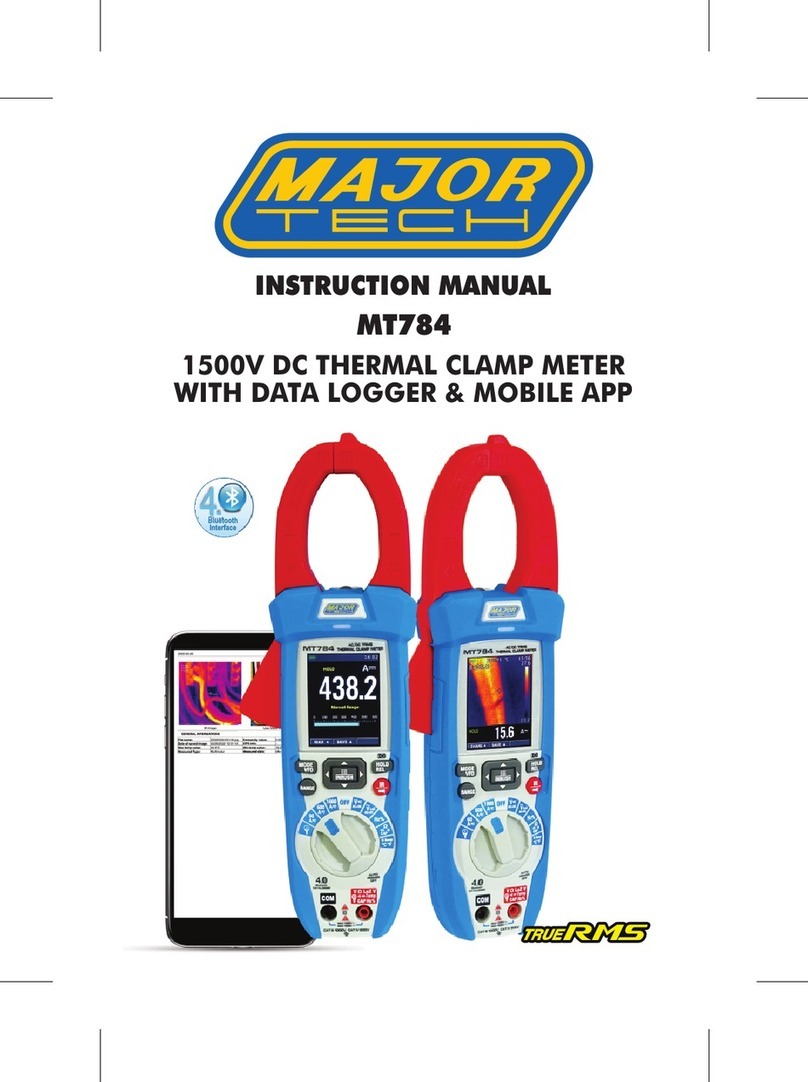
Major tech
Major tech MT784 instruction manual
